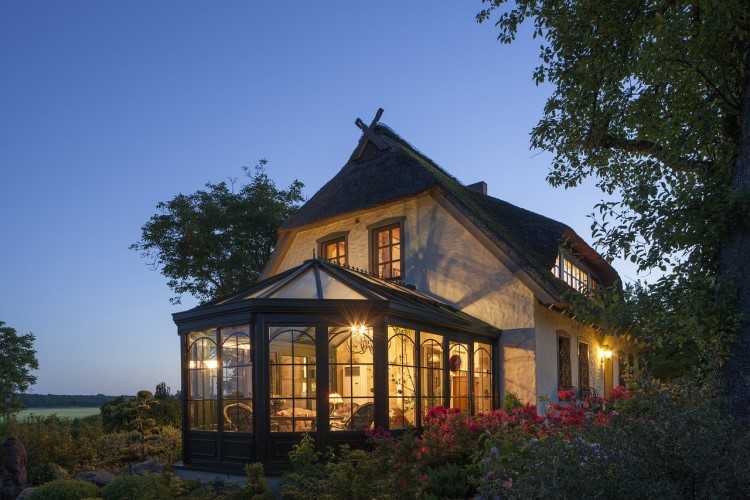
With current record low interest rates and soaring house prices, particularly in the east coast capitals, many economists are worried that Australians are taking on unprecedented amounts of debt. This could pose a major problem if interest rates start to rise next year.
In fact, nearly a quarter of Australians may be in over their heads. According to the latest data from the Australian Bureau of Statistics (ABS), more than 21% of all households have taken on too much debt.
“Given that household debt is higher than it’s ever been, [and] given that property prices are higher than they’ve ever been, given that people have to take out larger mortgages than they’ve ever had to before, it’s reasonable to expect that [overall debt] has been climbing,” said Cameron Kusher, research analyst at Corelogic.
Currently, Australians owe $1.6trn on residential property. This is fine for the time being, as rates are so low; however, many economists expect rates to start rising again, with Australia and New Zealand Banking Group (ANZ) and National Australia Bank (NAB) forecasting two rate hikes in 2018.
Homeowners under the age of 40 are particularly vulnerable to rising interest rates. According to the latest instalment of the Household, Income, and Labour Dynamics in Australia Survey (HILDA), the average mortgage burden on homeowners under the age of 40 doubled from 2002 to 2014.
Younger borrowers didn’t get off scot free, though: After taking inflation into account, the HILDA survey found that the average mortgage among 18 to 39-year-olds ballooned from $169,201 in 2002 to $336,586 in 2014, a real increase of 99%.
An entire generation of borrowers has known only stable or falling interest rates, and the rate hikes could come as a shock to them. The last time the official cash rate moved at all was in August 2016, and the last time the cash rate actually moved up was nearly seven years ago.
What could your future repayments look like?
On a $350,000 home loan, a 1% rate increase would mean you’d have to pay an additional $214 each month. A 2% rate hike would add $306.
As for a $500,000 home loan, if rates go up 1%, you’d have to pay an additional $439 each month. A 2% rate hike would add a staggering $627 each month to your repayments.
Many borrowers in some of Australia’s hottest property markets – such as Sydney and Melbourne – may not be particularly worried about impending rate hikes, as their homes have soared in value.
But Paul Dales, chief Australian economist for Capital Economics, believes homes are more than 30% overvalued.
“As and when rates do go up, I do think it will probably hit home quite quickly,” he said. “From now on, I think people need to realise that, at best, house prices might move sideways over the next few years and, at worst, they could fall a little bit.”
Dales said that “little bit” could actually be 10%.
Creating a buffer against rate rises
If you’re a homeowner, consider refinancing now to safeguard yourself against rate rises and mortgage stress. Your current mortgage rate could be far above the lowest rate on the market, and it never hurts to ask your lender to match this, or at the very least, give you a better deal.
Another tactic would be to set aside more funds to pay down your mortgage more quickly. Even an additional $20 to $30 added each week to repayments could help you in the long run.
As for those who’re thinking of entering the property market, consider future rate hikes. Borrowers should factor in an additional 2% to 3% on top of current interest rates when calculating how much they can afford in repayments.
Collections: Mortgage News


Share